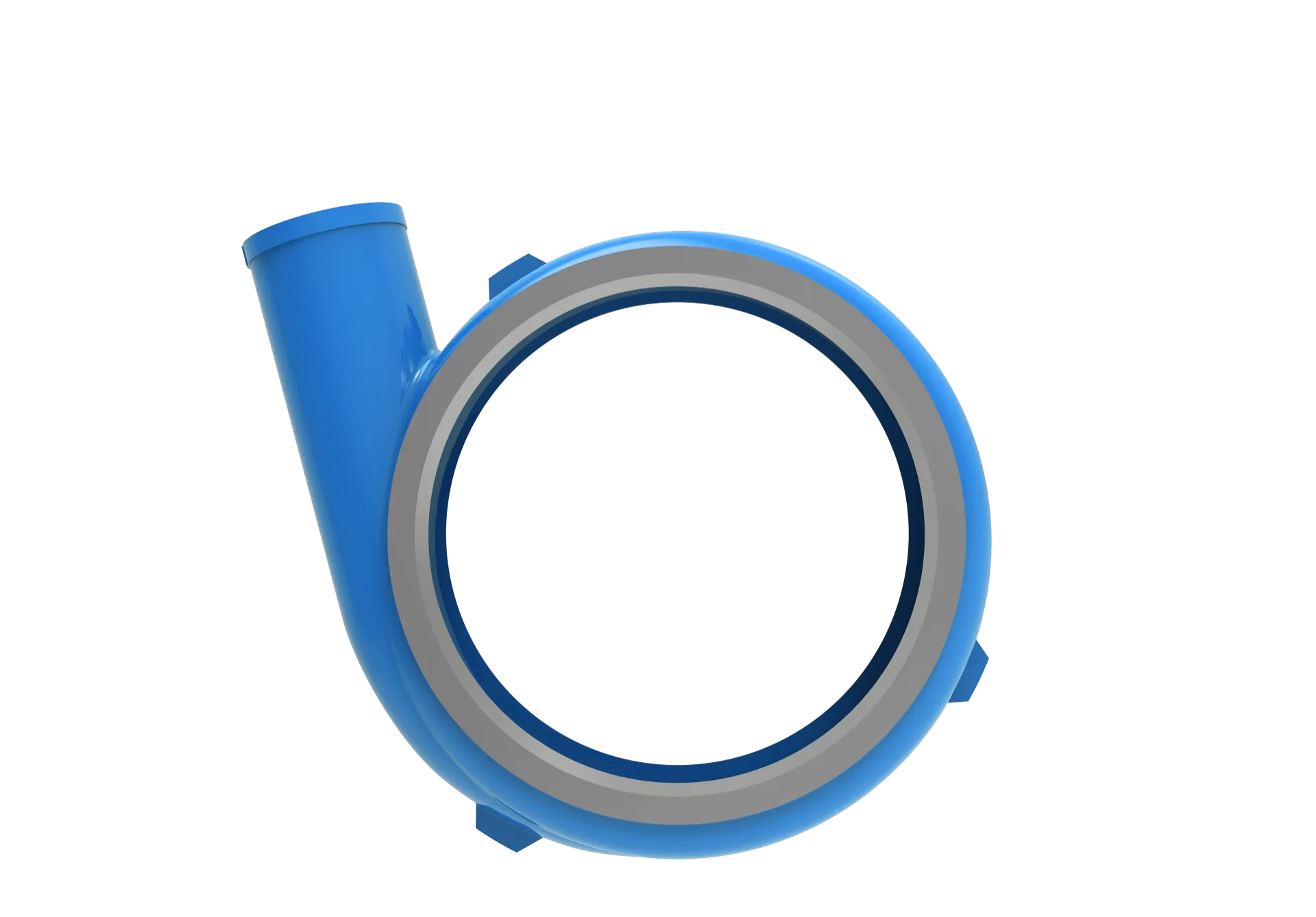-
 support@minemaxx.com
support@minemaxx.com
-
 0086-311-87833311
0086-311-87833311
 NO.8 JIHENG STREET,QIAOXI DISTRICT,SHIJIAZHUANG,HEBEI,CHINA
NO.8 JIHENG STREET,QIAOXI DISTRICT,SHIJIAZHUANG,HEBEI,CHINA
impeller vane design
Impeller Vane Design Principles and Best Practices
The design of impeller vanes plays a crucial role in the performance and efficiency of various rotary machinery, particularly in pumps, compressors, and turbines. Impellers are essential components that convert rotational energy into fluid energy, enabling the technologies that drive many industrial processes. In this article, we will explore the fundamental principles of impeller vane design, the factors influencing their efficiency, and the best practices to achieve optimal performance.
Understanding Impeller Vane Functionality
At its core, the impeller is responsible for accelerating fluid within the machine. This acceleration is achieved through the strategic shape and orientation of the vanes, which are the blades that extend from the impeller hub. These vanes impart energy to the fluid, resulting in increased flow speed and pressure. The geometry of the vanes directly affects the flow dynamics, including velocity, turbulence, and pressure distribution across the impeller’s surface.
Key Design Parameters
1. Vane Shape and Profile The shape and profile of the vanes significantly influence their performance. Typical shapes include straight, curved, or twisted geometries. Curved vanes can provide smoother fluid flow and reduced turbulence, while straight vanes are simpler to manufacture. The choice of shape depends on the application and the specific performance characteristics required.
2. Vane Number The number of vanes also plays a critical role in impeller design. More vanes can increase the surface area for energy transfer, enhancing the pump or turbine's efficiency. However, too many vanes can lead to excessive turbulence and energy loss. Designers must strike a balance to optimize performance.
3. Vane Thickness The thickness of the vanes affects not only structural integrity but also fluid dynamics. Thicker vanes can withstand higher loads but may impede flow and create unwanted turbulence. Conversely, thinner vanes can improve flow but may be less durable.
4. Angle of Attack The angle of attack (the angle between the vane and the incoming fluid) is crucial for determining the performance of the impeller. An optimal angle allows for effective energy transfer, while severe angles may lead to cavitation—a phenomenon that can damage impellers and reduce efficiency.
Factors Influencing Efficiency
impeller vane design

Several operational factors can influence the efficiency of impeller vane designs
- Flow Rate The design must accommodate the expected flow rate of the fluid. High flow rates may necessitate alterations in vane geometry to ensure efficient energy transfer. - Fluid Properties Different fluids, whether they are viscous, corrosive, or contain particulates, require tailored impeller designs. An understanding of fluid dynamics and material compatibility is essential. - Operating Conditions Temperature, pressure, and environmental conditions impact performance. Designers must account for these variables to ensure the impeller operates reliably under various scenarios.
Best Practices in Impeller Vane Design
1. Computational Fluid Dynamics (CFD) Utilizing CFD simulations can provide invaluable insights into flow patterns and performance metrics. These simulations help designers visualize how changes in geometry influence efficiency and assist in identifying potential issues before physical prototyping.
2. Prototyping and Testing Physical prototypes should be tested under real-world conditions to validate design choices. This iterative process allows for the adjustment of parameters based on empirical evidence, ensuring the final product meets performance benchmarks.
3. Material Selection Choosing the right materials is crucial for durability and efficiency. Materials must withstand operational stresses and fluid interactions while minimizing weight. Innovative materials, such as composites or specially treated metals, can significantly enhance impeller life and performance.
4. Iterative Design Process Continuous improvement through iterative design processes, where feedback from testing informs subsequent designs, is key to developing high-performance impellers. Engaging multidisciplinary teams in design reviews can lead to innovative solutions and optimized outcomes.
Conclusion
The design of impeller vanes is a complex but critical aspect of rotary machinery performance. By understanding the fundamental principles and considering various influencing factors, designers can innovate and refine their approaches to achieve enhanced efficiency and durability. Through the use of advanced simulation tools, rigorous testing, and a commitment to iterative design practices, the ever-evolving field of impeller vane design will continue to contribute to more efficient industrial processes, ultimately leading to advancements in energy consumption and environmental sustainability.
-
Wet Parts for Optimal PerformanceNewsOct.10,2024
-
Vertical Pump Centrifugal SolutionsNewsOct.10,2024
-
Top Slurry Pump ManufacturersNewsOct.10,2024
-
The Ultimate Guide to Centrifugal Pump for SlurryNewsOct.10,2024
-
Pump Bearing Types for Optimal PerformanceNewsOct.10,2024
-
A Guide to Top Slurry Pump SuppliersNewsOct.10,2024
-
Slurry Pump Parts for Optimal PerformanceNewsSep.25,2024

